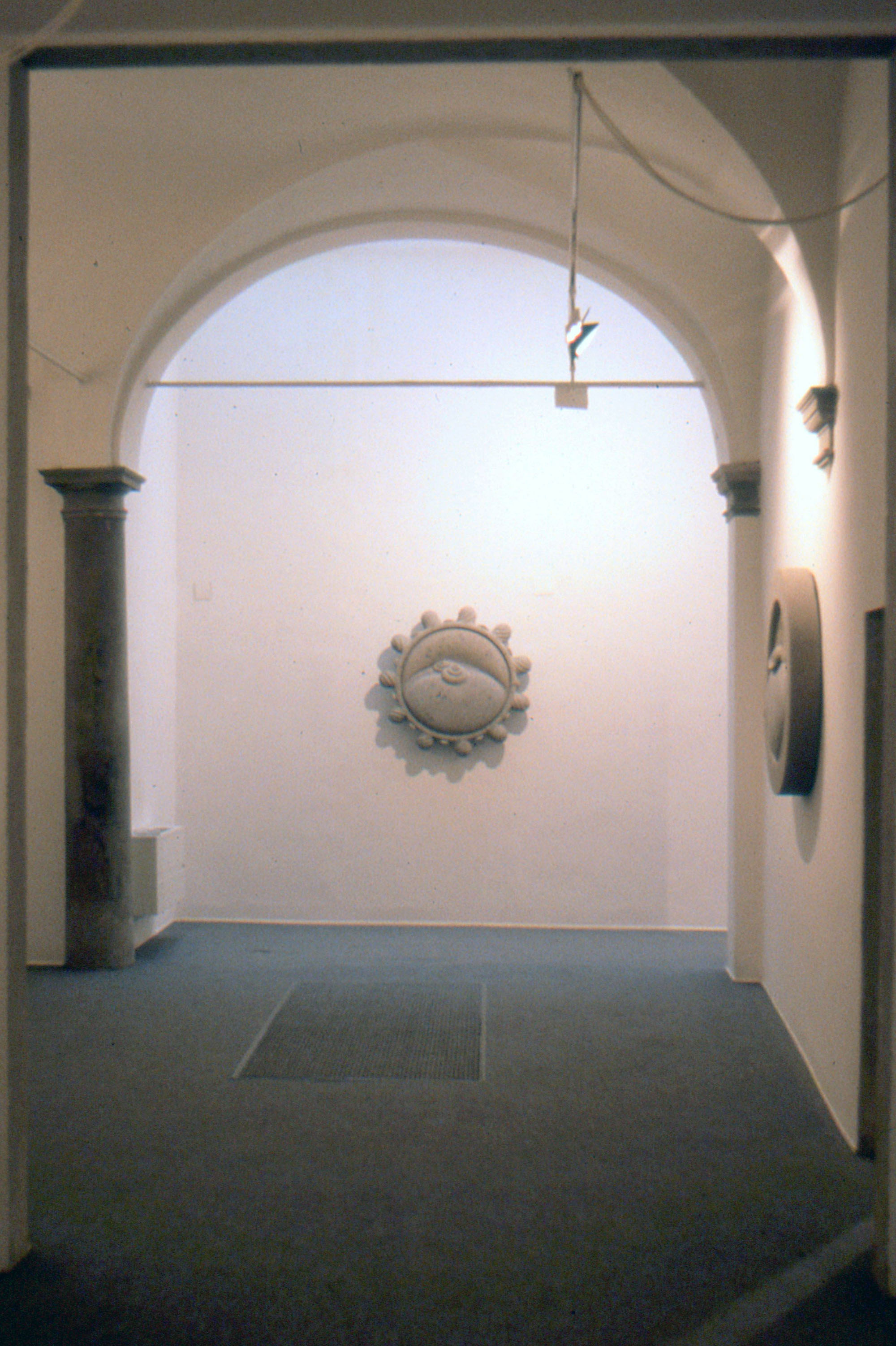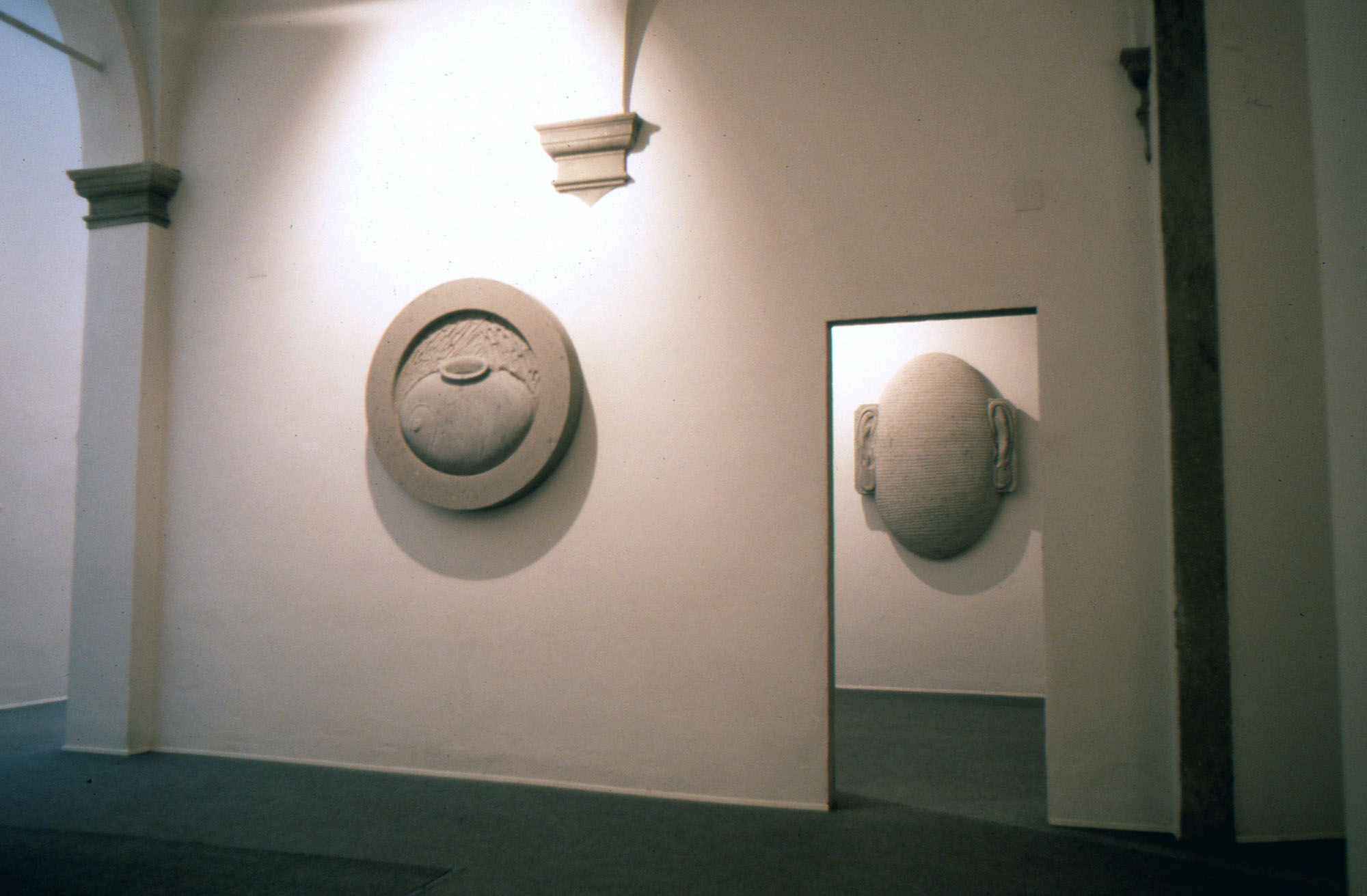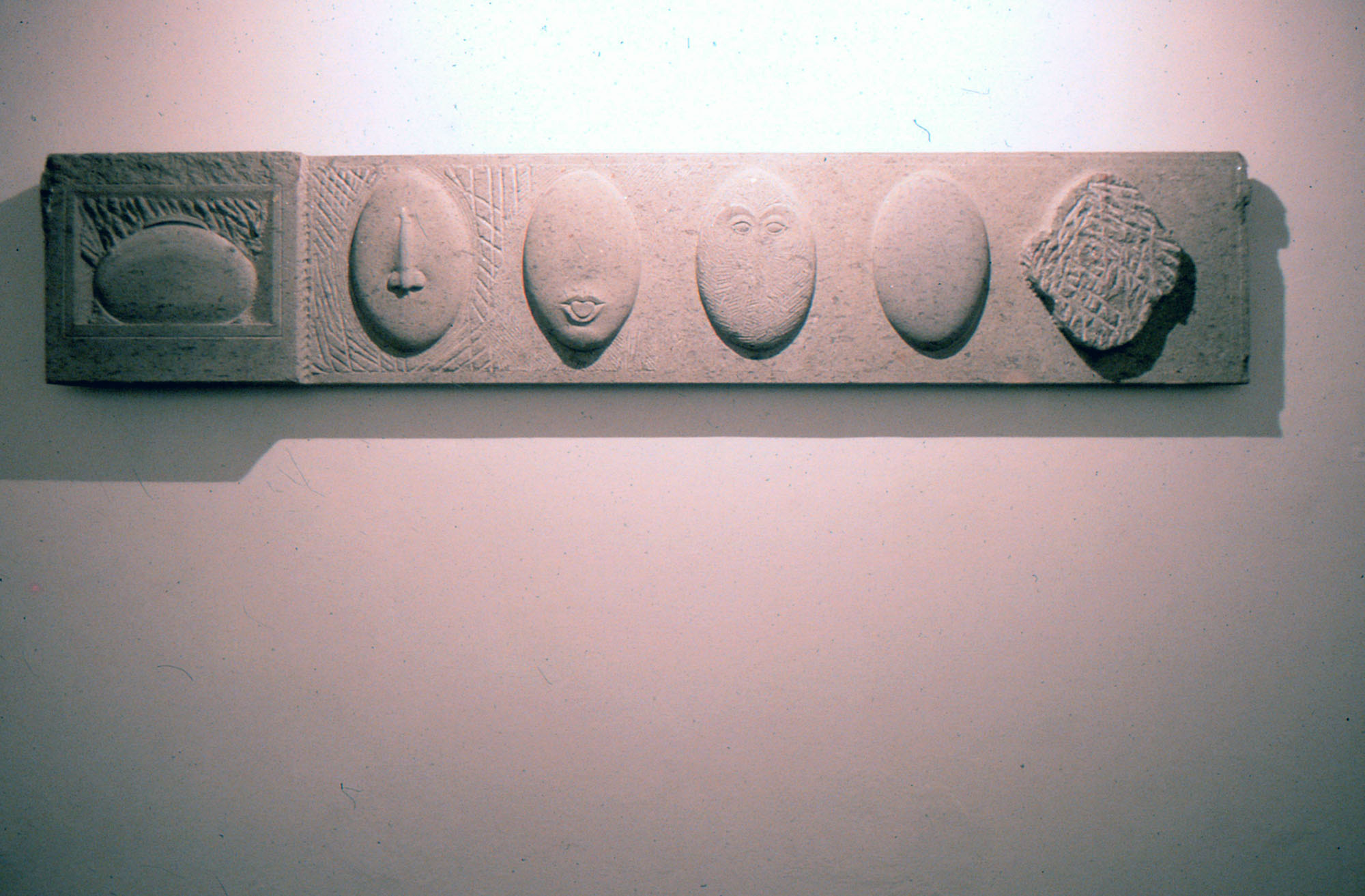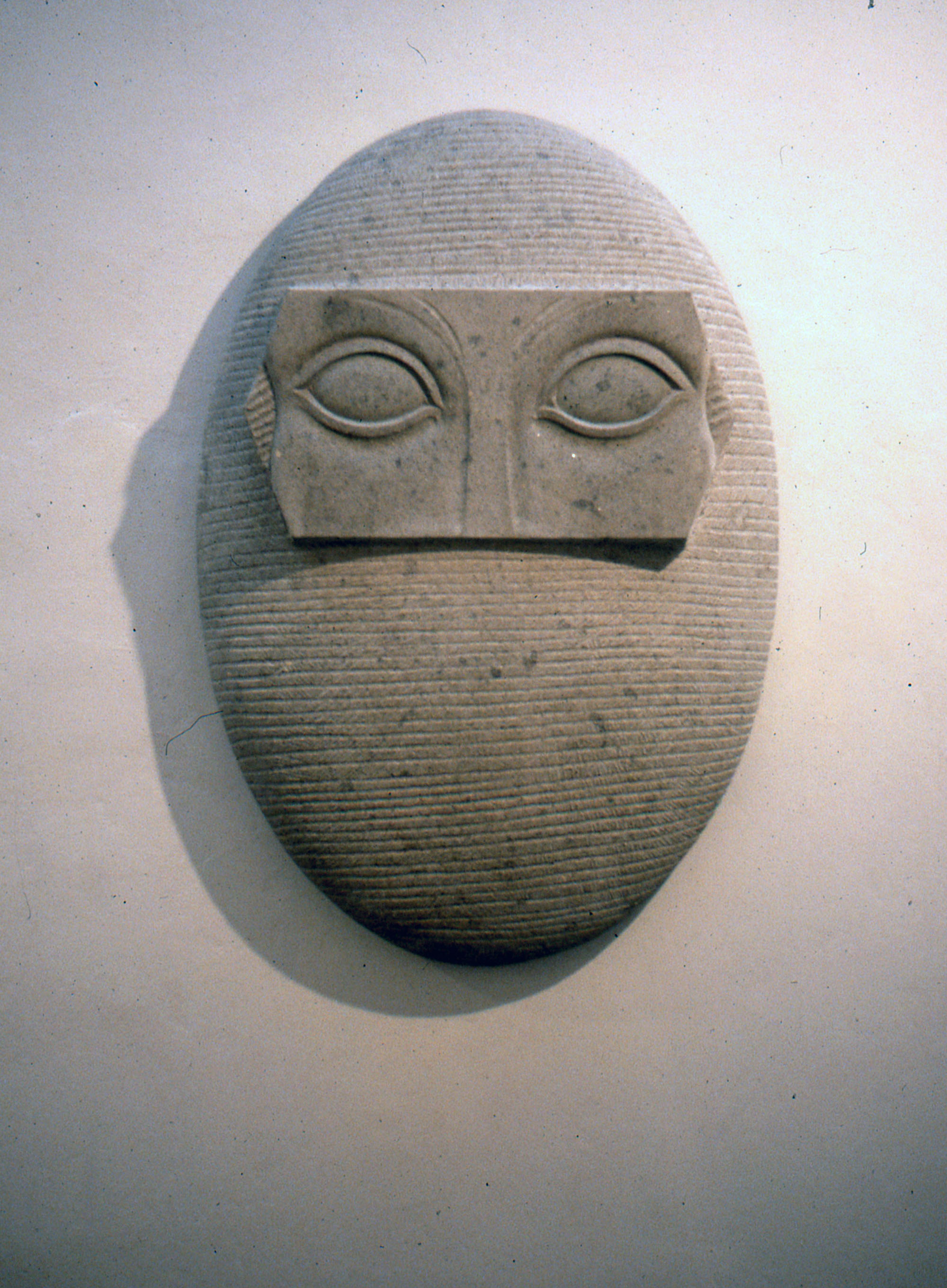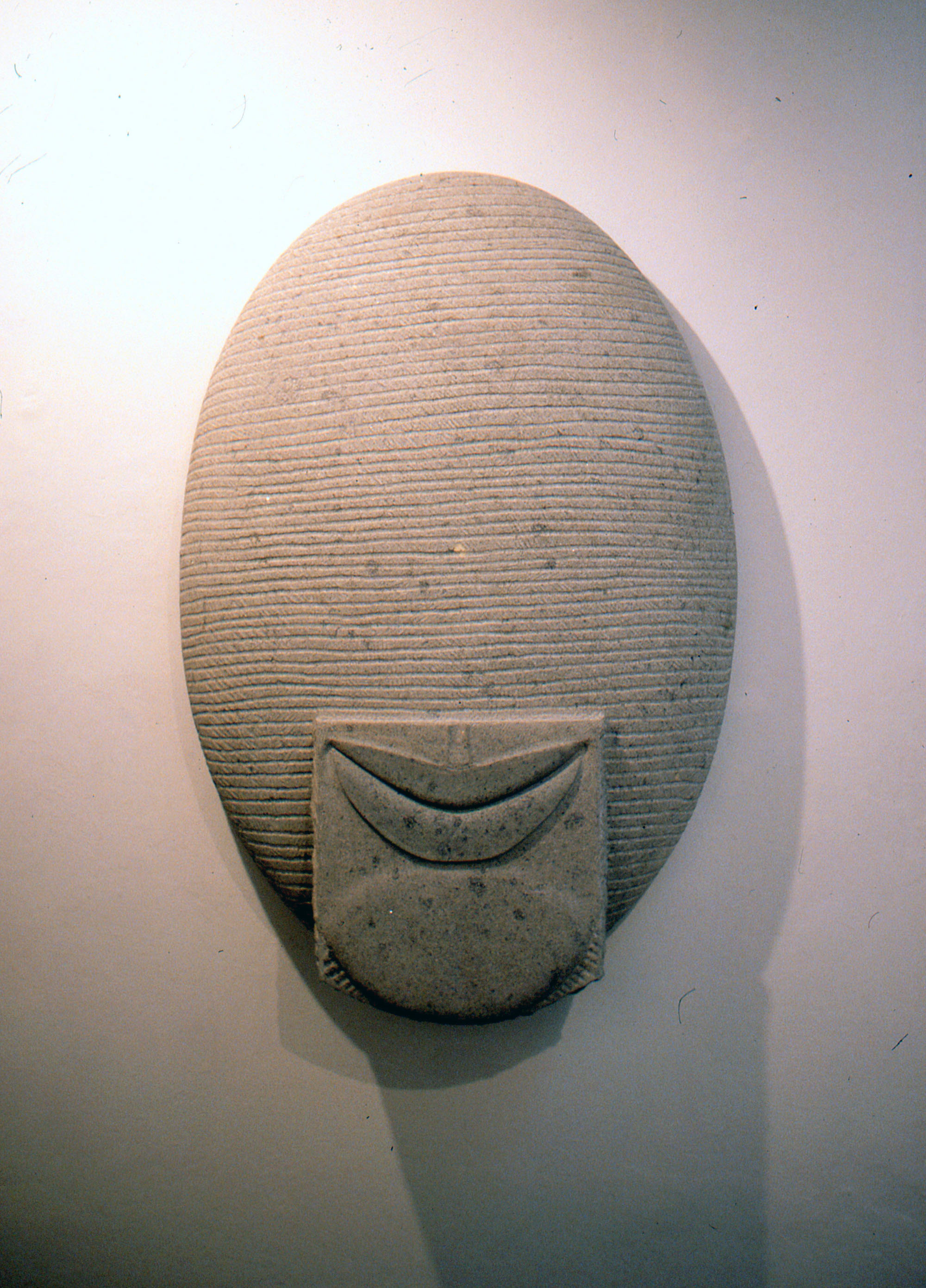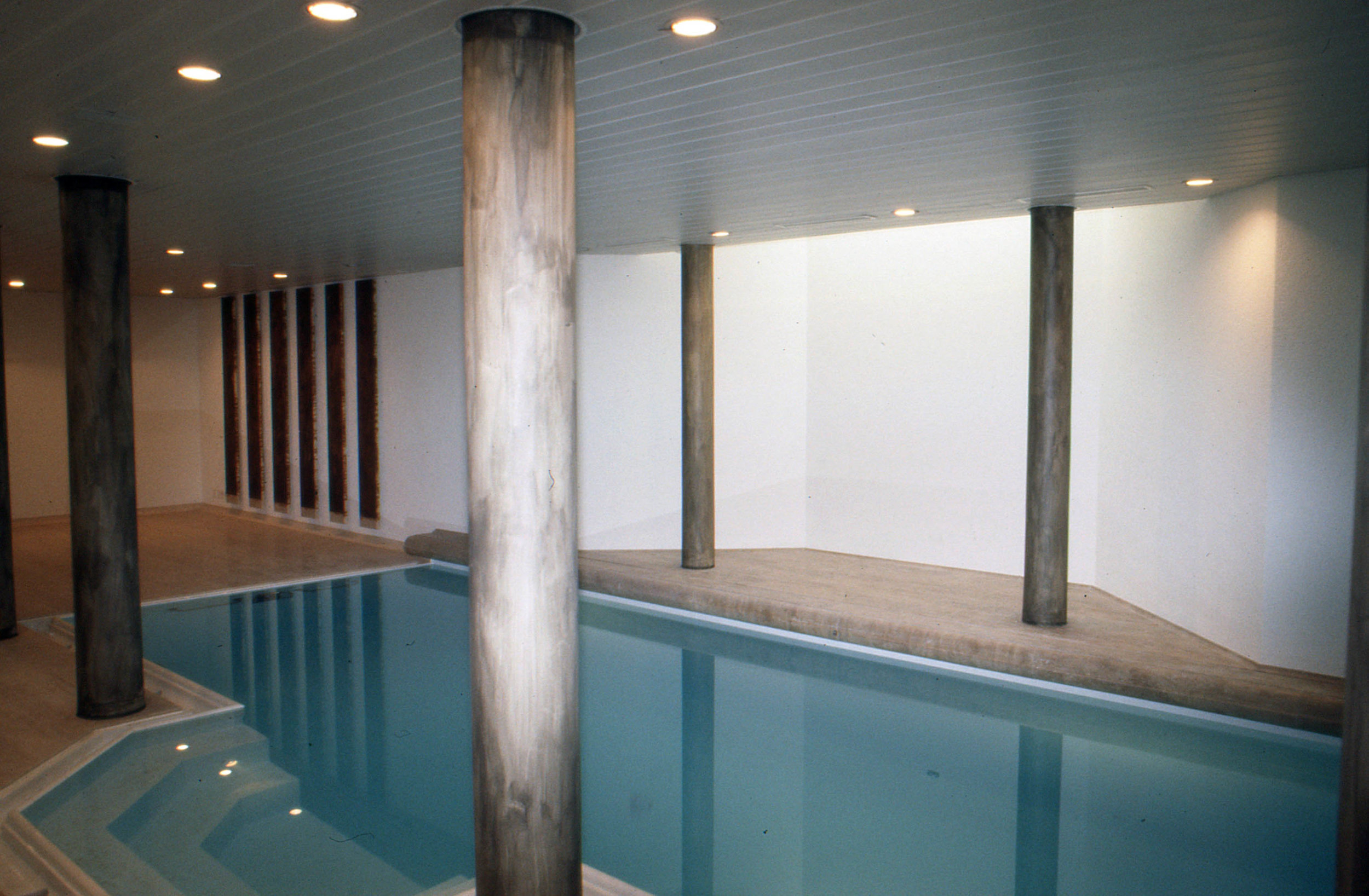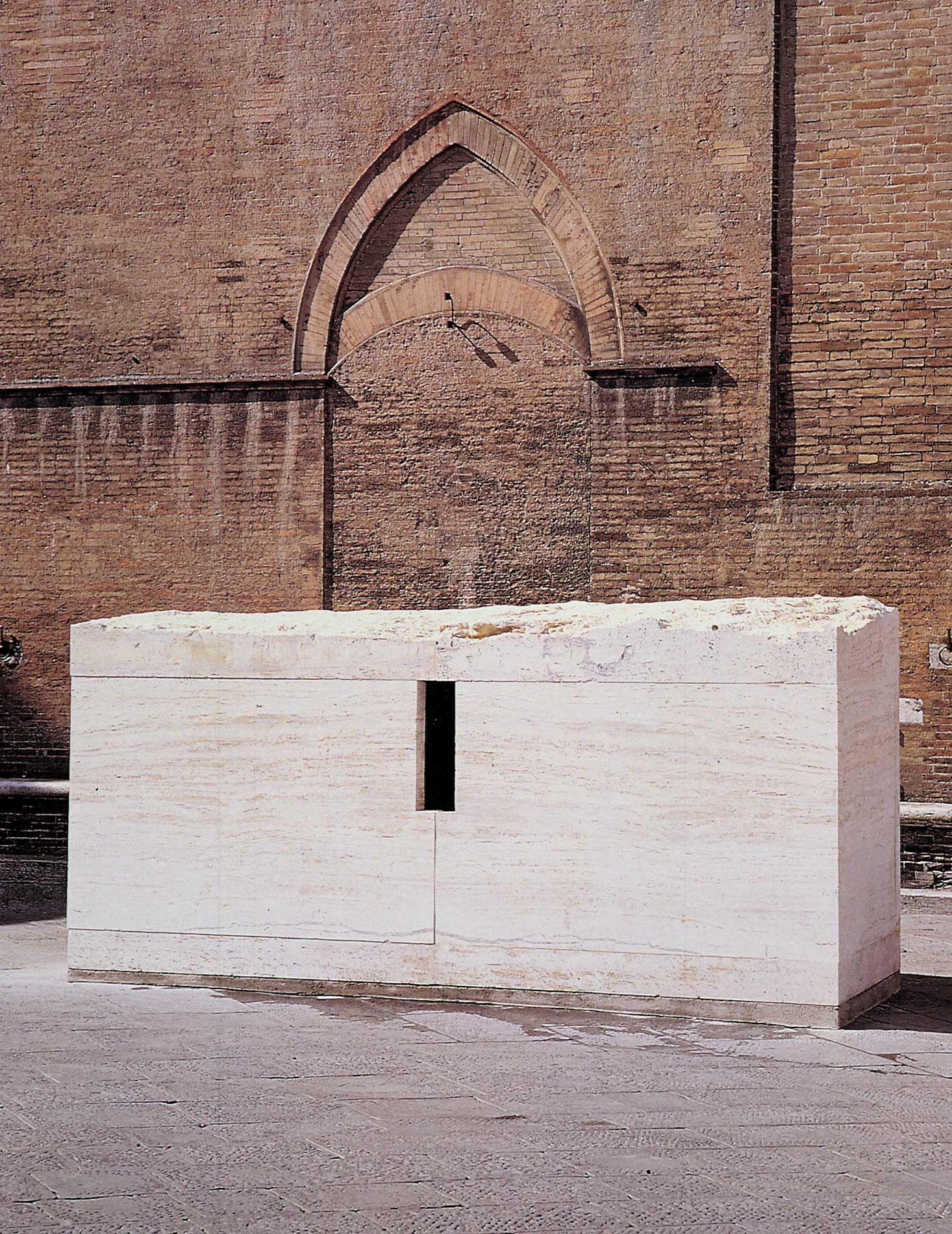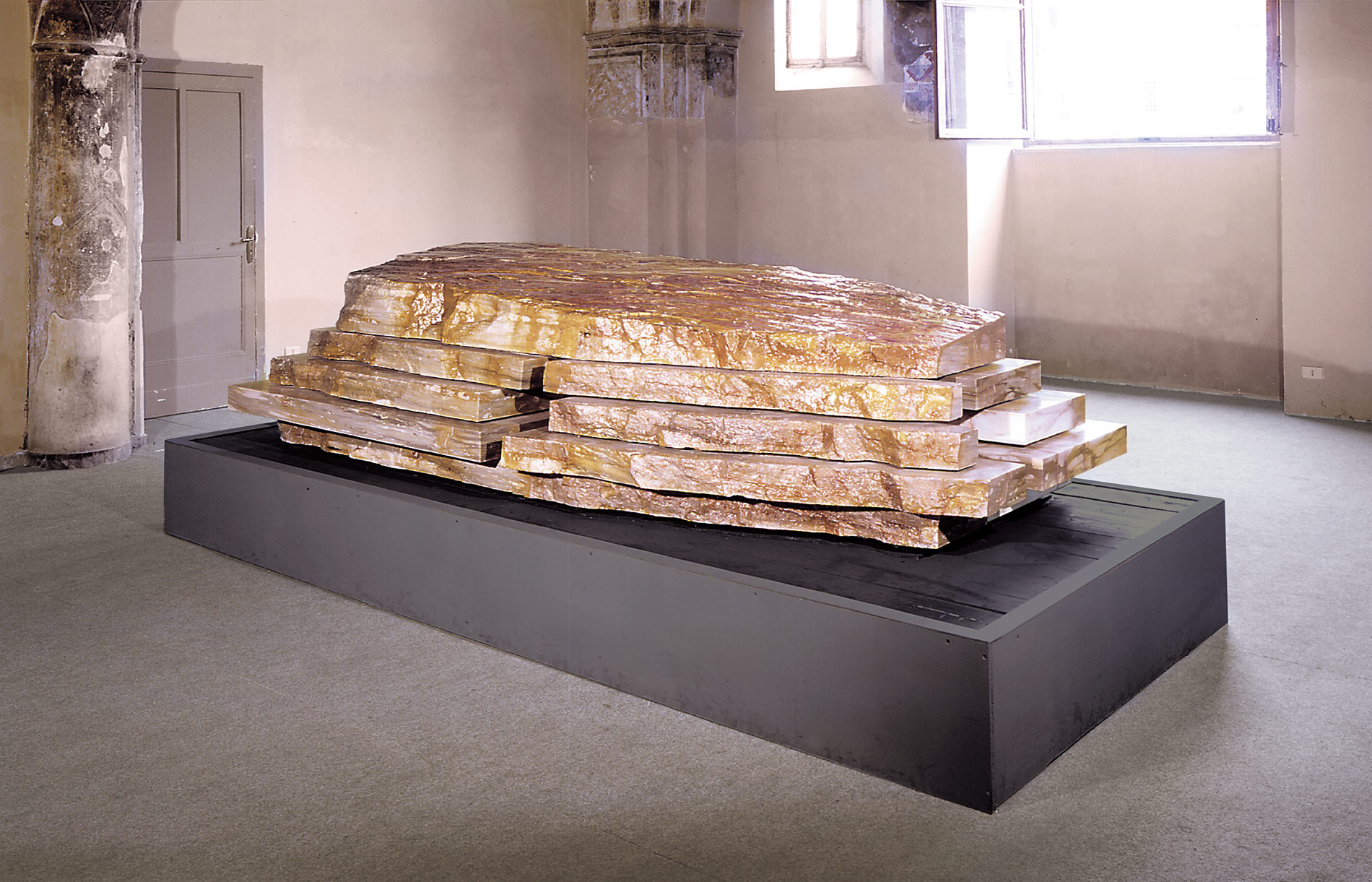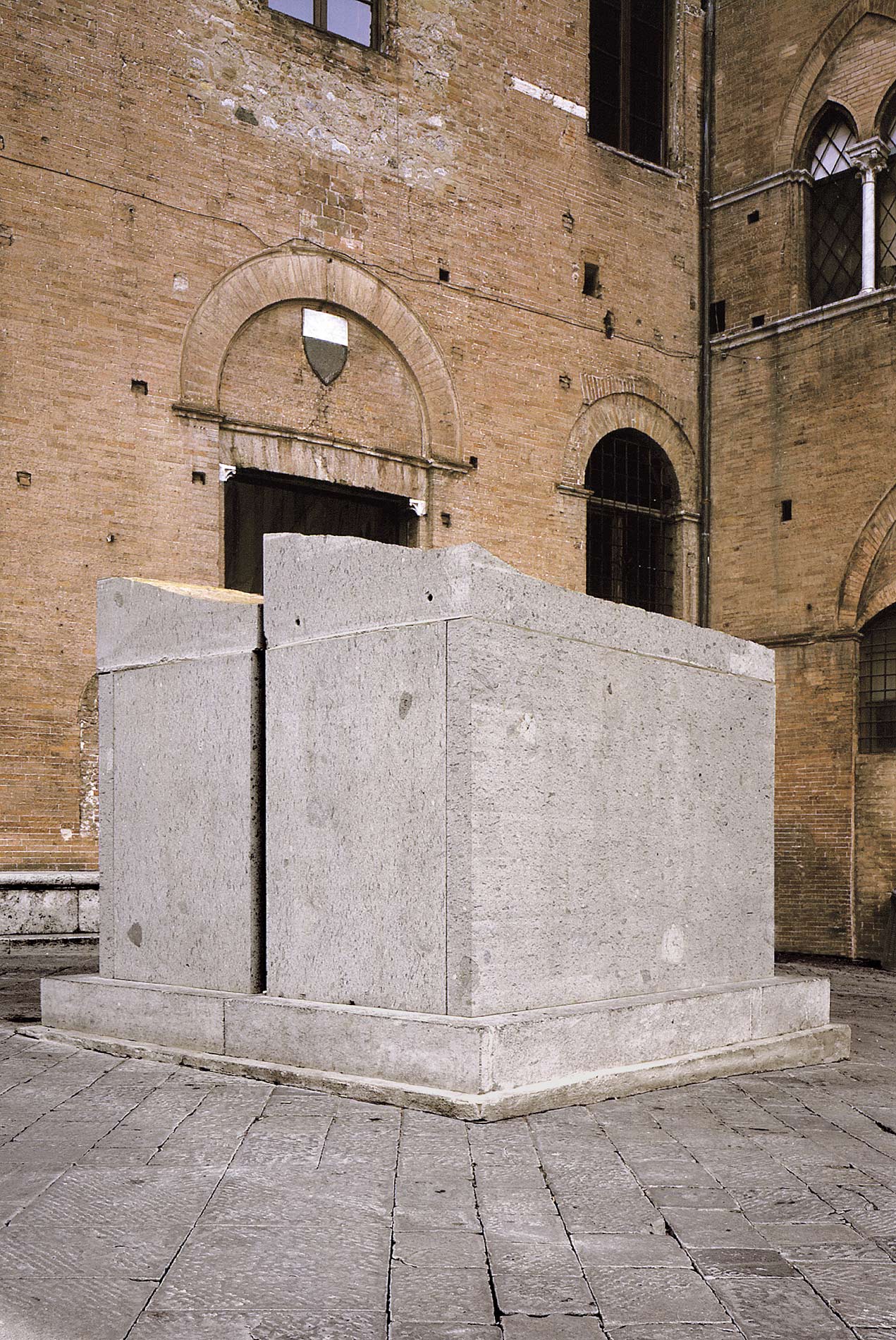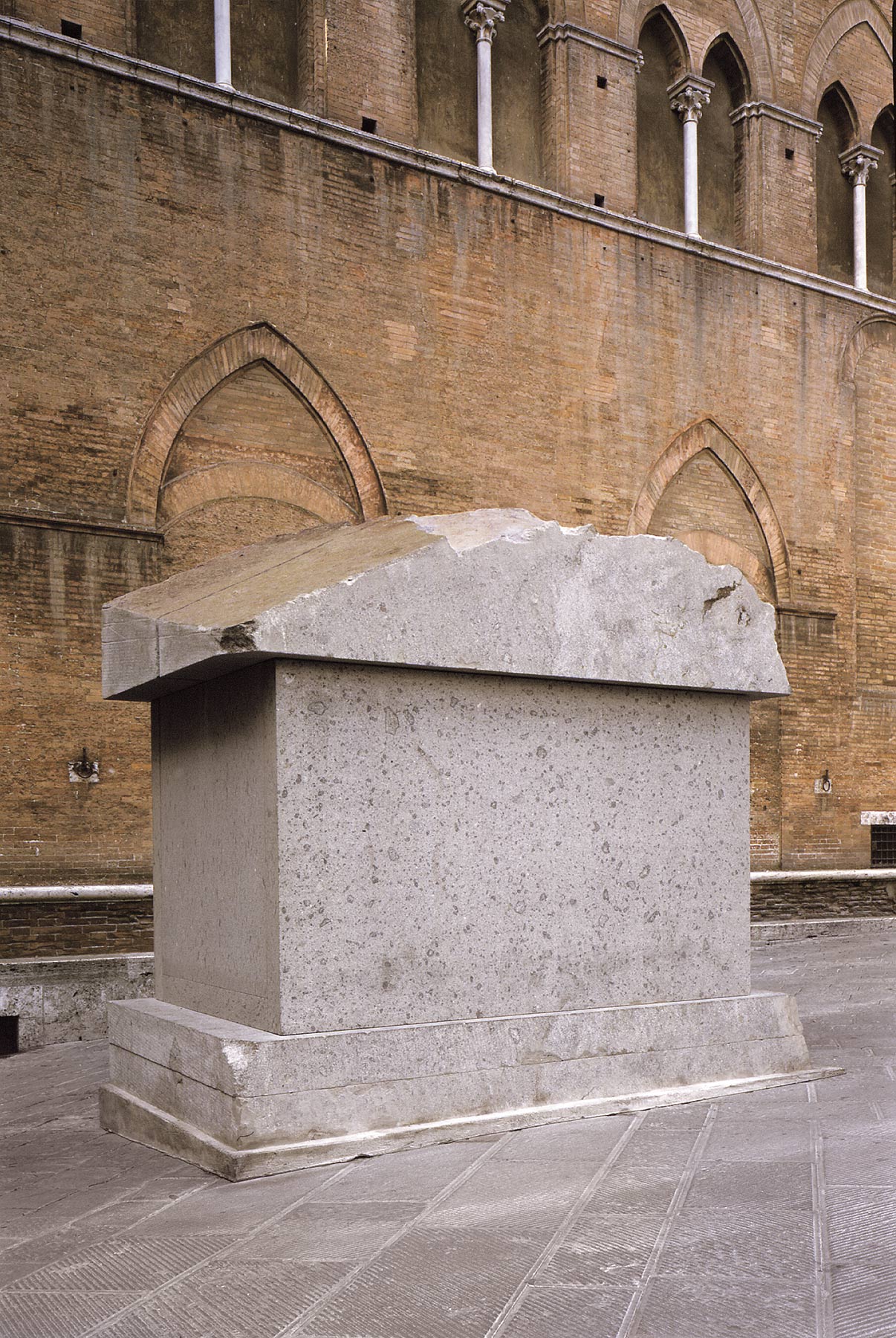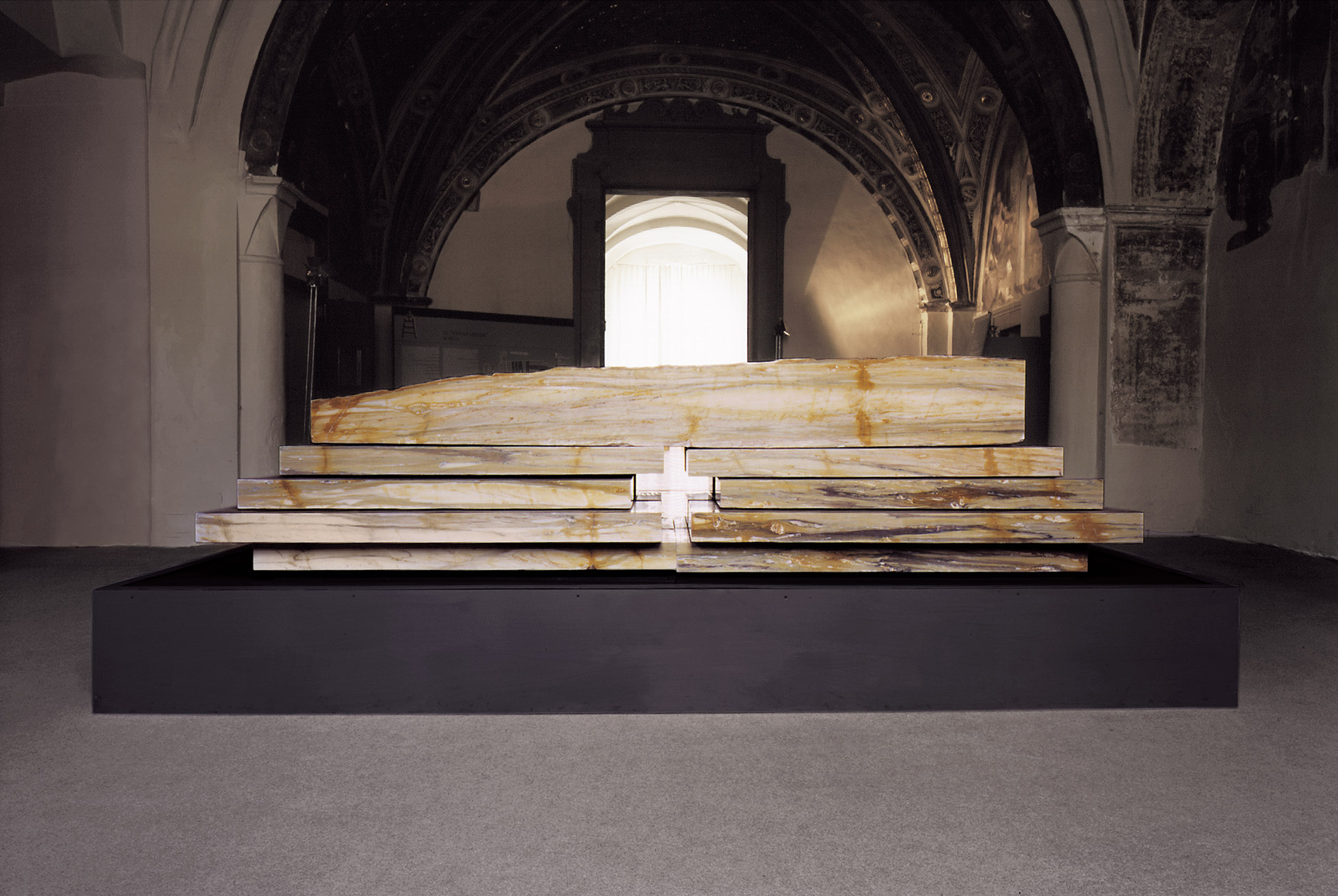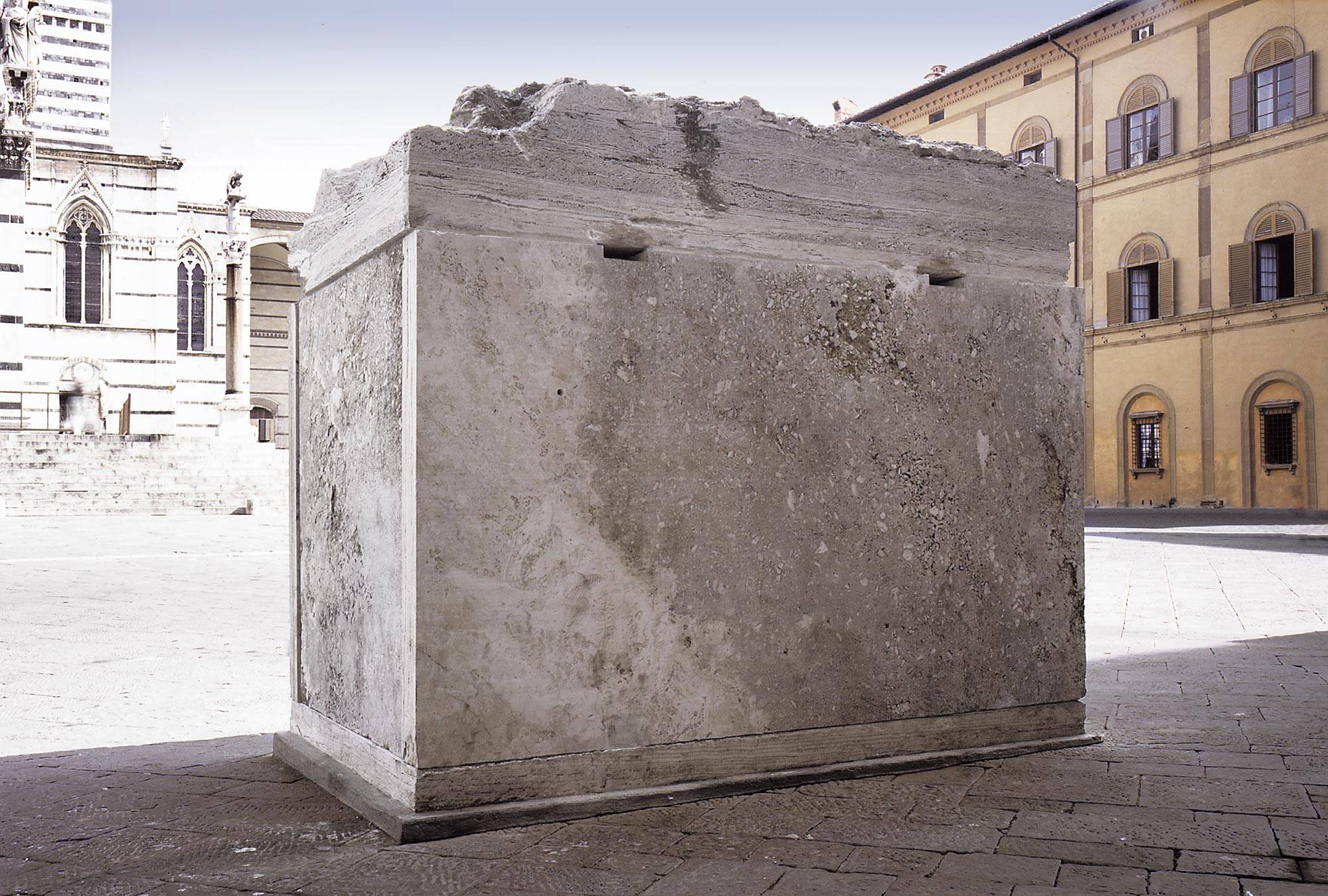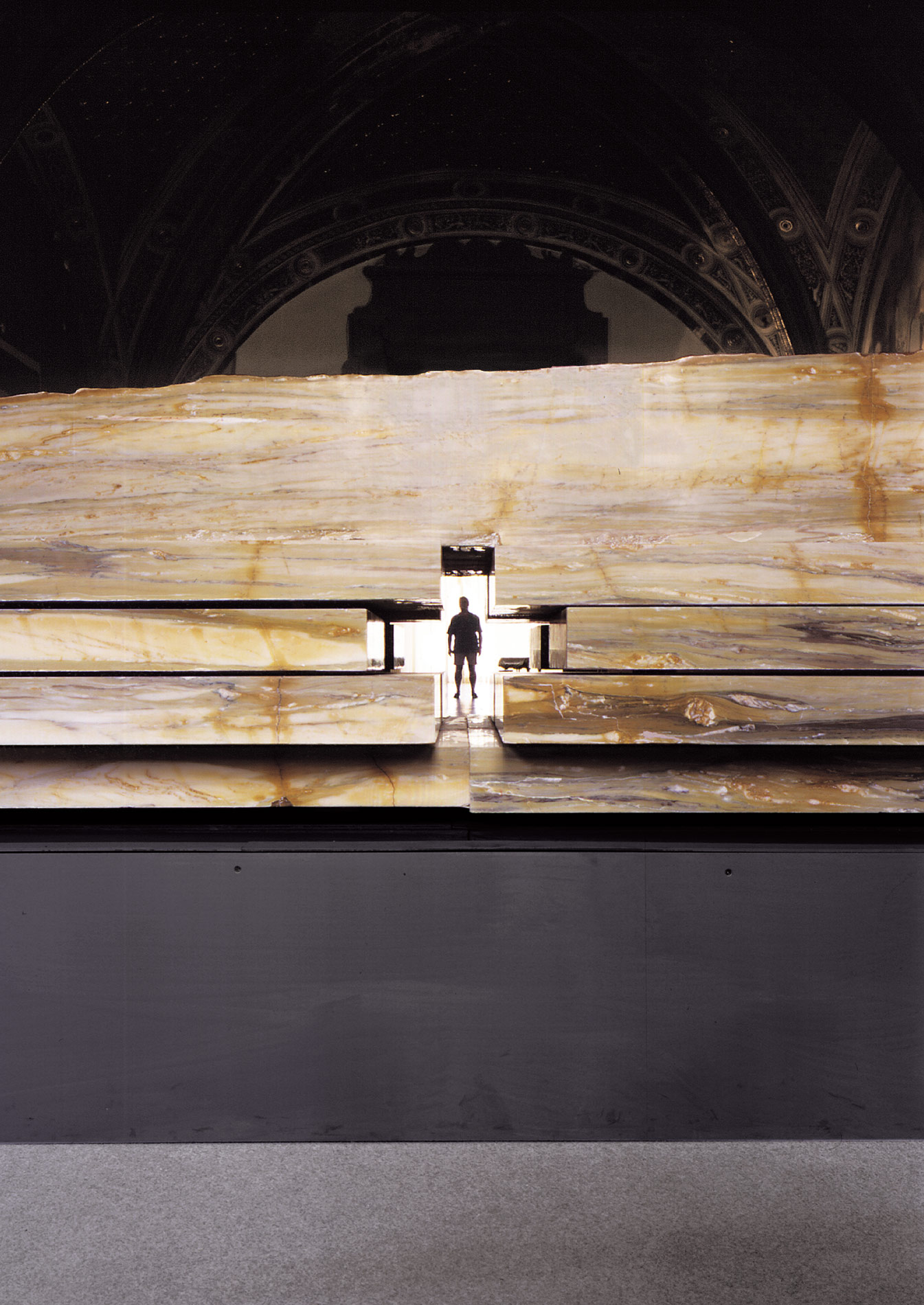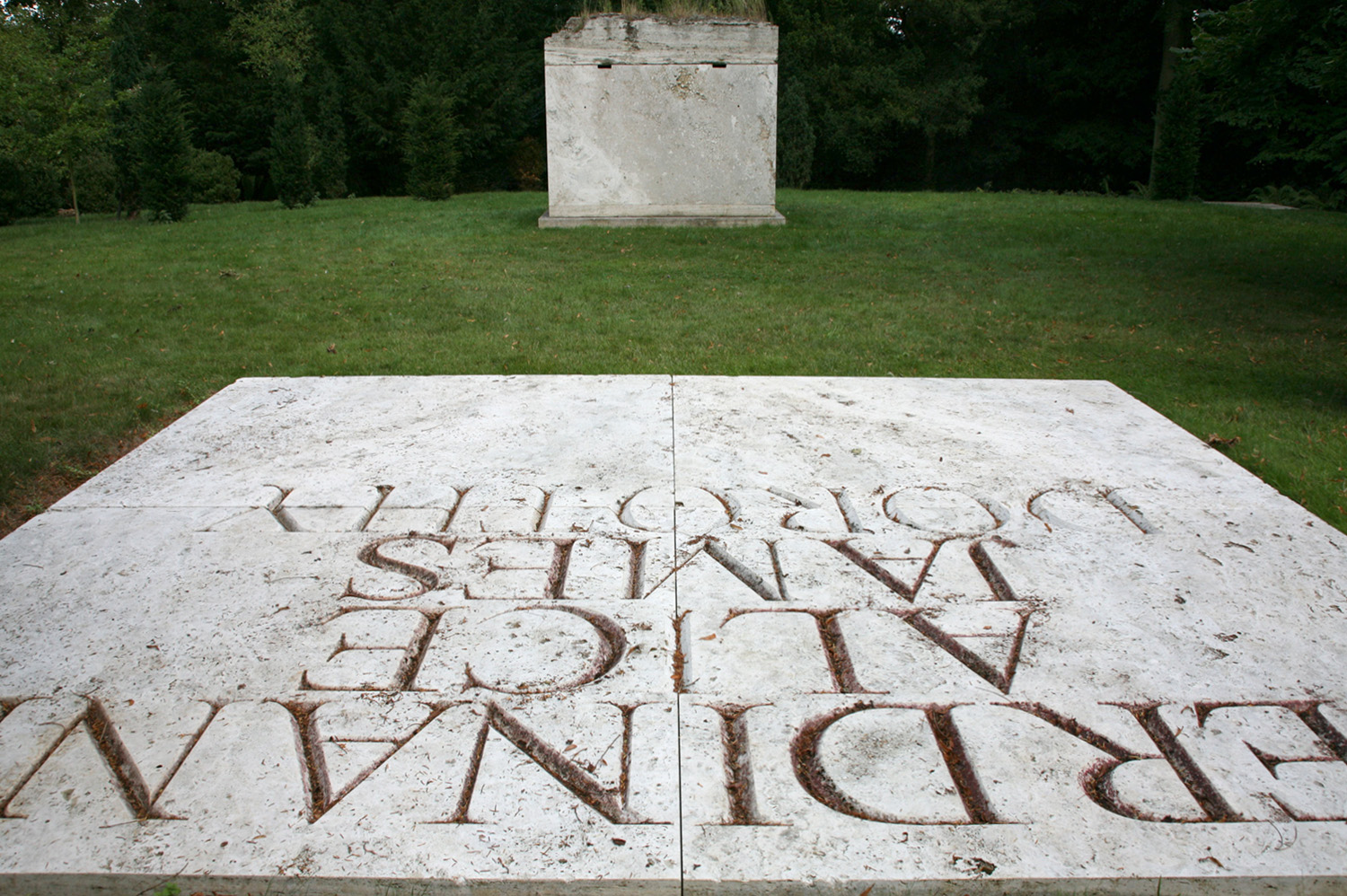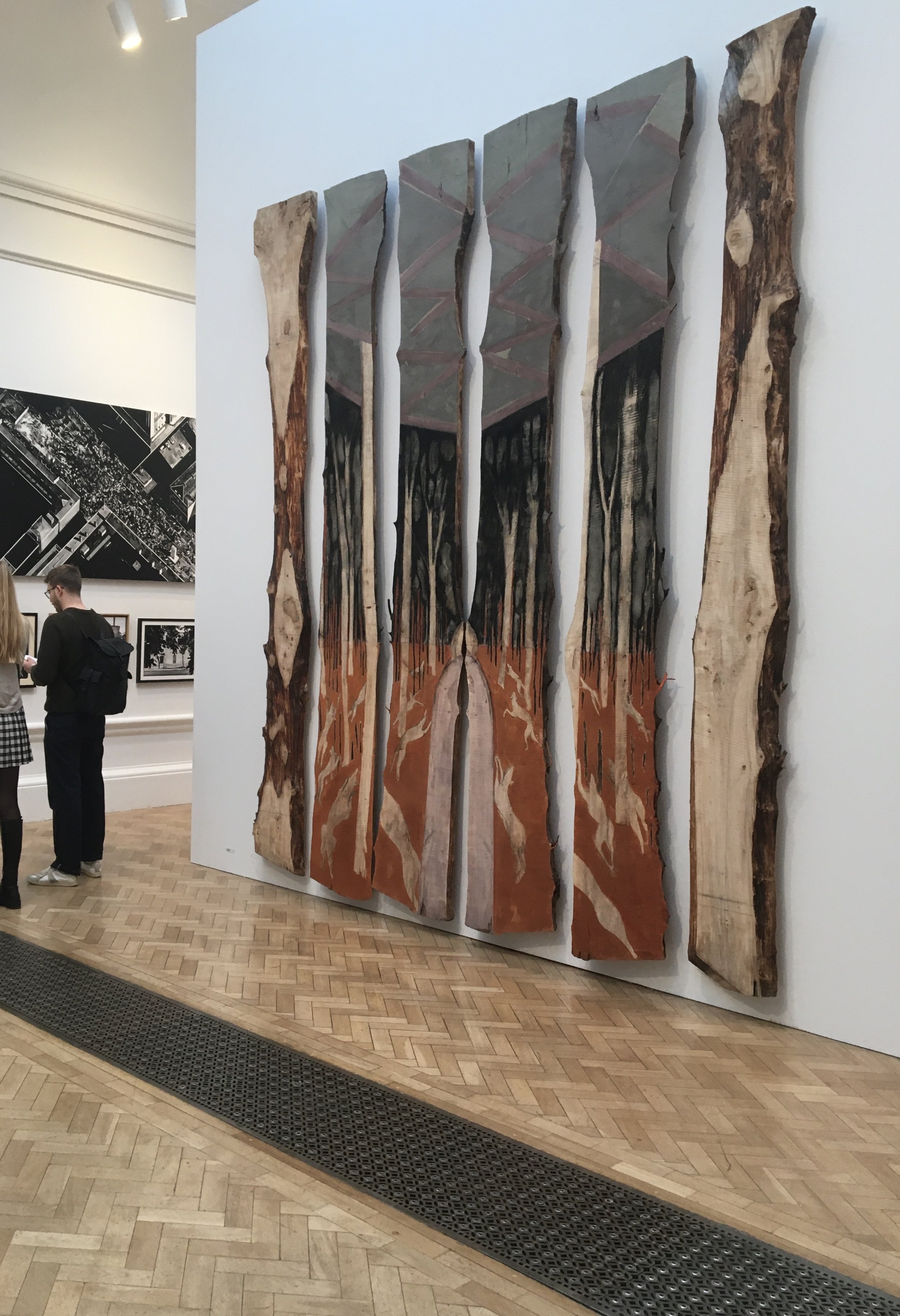
Stephen Cox: Scultura, Carini Gallery Exhibition Florence, 1987
Stephen Cox: Scultura, Carini Gallery Exhibition Florence, 1987
All works made in Perpino stone
Works above left to right: Tondo: Dono, 1987, Tondo: Sorgente, 1987 & part of Traumatras, 1987
Works above left to right: part of Traumatras, 1987, Olla I, II, & III, 1987, Traumatras I & II, 1987
Works above: Circolo, 1987
Works above: Traumatras I and Traumatras II, 1987
Freudenberg works, 1990
Fredenberg 'O' 1990,
Travertine with copper sulphate
230 x 250 x 3 cm
Private Collection, Zürich
Freudenberg Bars, 1990,
Travertine with iron oxide
230 x 255 x 3cm
Private Collection, Zürich
Freudenberg Circle, 1990,
Travertine with ciment fondu and oxides
Private Collection, Zürich
Freundenberg Square, 1990
Travertine with ciment fondu and oxides
230 x 800 x 3 cm
Private Collection, Zürich
Square III, 1990
Square III, 1990
Travertine ciment fondu with oxides
90 x 320 x 5 cm
Another Square, 1990
Travertine, ciment fodu with oxides
90 x 221 x 6.5
Interior Space, Ospedale di Santa Maria della Scala, 1999
Interior Space, Ospedale di Santa Maria della Scala, 1999
Piazza del Duomo, Siena
Interior Space: Shrine (a Porphyra), 2000
Interior Space: Shrine (a Porphyra), 2000
Imperial Portphyry and Bardiglio Imperiale
2330 x 4300 x 2000 mm
Commissioned by the National Gallery for the Millenium exhibition 'Encounters New Works from Old' 2000
Interior Space: Terra degli Etruschi, Inscribed Pavement & Circular Altar, 1999-2002
Interior Space: Terra degli Etruschi, Inscribed Pavement & Circular Altar, 1999-2002
Travertine Stone
250 x 292 x 172 cm
Interior Space: Terra Degli Etruschi was installed in the Baron’s Walk at Waddesden Manor in 2003. The sculpture was one in a number of sculptures made in 1999 for an exhibition entitled Interior Space in the Piazza del Duomo and Ospedale Santa Maria della Scala in Siena. The theme of the exhibition was to work with stone from throughout the area of the Etruscan civilization. It was seen as an ‘omage’ to their conception of the afterlife and preoccupation with necropolis and their furnishing. Stones included white Carrara marble, volcanic peperino and the Sienese travertine of which this sculpture is made from the quarries of Dei. Hence the title which translates as ‘The Earth of Gods’
This stone has been formed in historical rather than geological time as scattered upon its capping stone are fragment of terra cotta from Etruscan pots that have become embedded in the developing stone itself. Perhaps even the flora growing from it are too from seeds of ancient days.
Subsequent commissions for the Inscribed Pavement and the Altar were made with Massive slabs and blocks from the Quarries of Dei.
By way of the provenance, the sculpture was exhibited in the the ancient alpine Roman city of Aosta with the other Interior Space pieces from the Siena exhibition, in sites around the city and at the main Museum in the town. The exhibition was curated by Luigi di Corato and represented as the work of a Grand Tour entitled Fasti (a Roman calendar or register of events) was paired with an exhibition of J.M.W.Turner’s paintings of the ValD’Aosta at the Museum.
St Anselm's Altar, 2005
St Anselm's Altar, 2005
St. Anselm's Chapel, Canterbury Cathedral
More works in Canterbury:
Alberti: the Hunt for Perspective, After Ucello, 2021
12 ft x 9 ft x 6 ins.
Poplar Tree with brick and stone dust
Exhibited at the Royal Academy of Arts’ Summer Show, 2021


